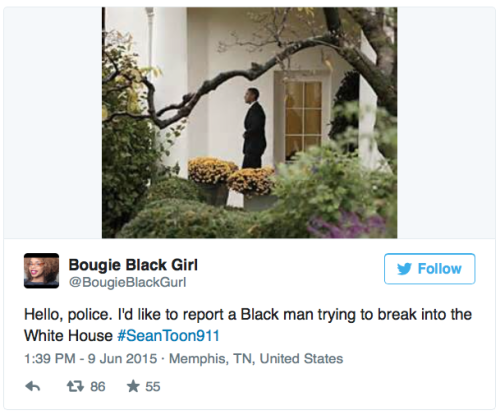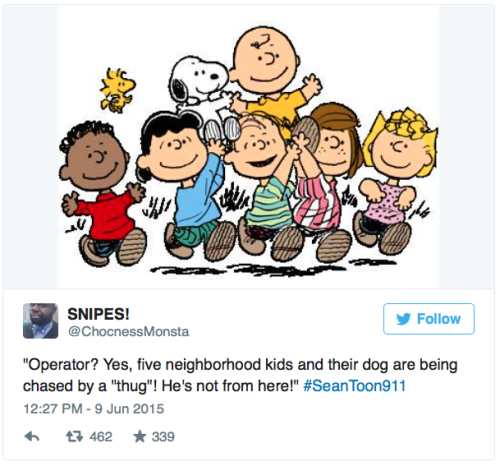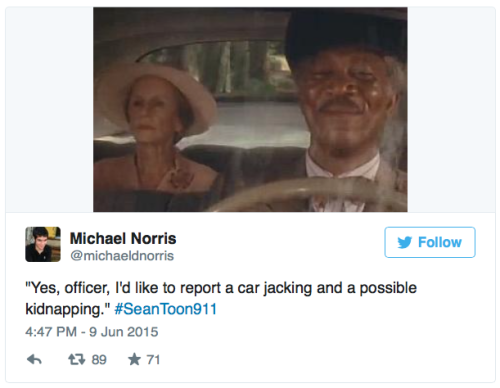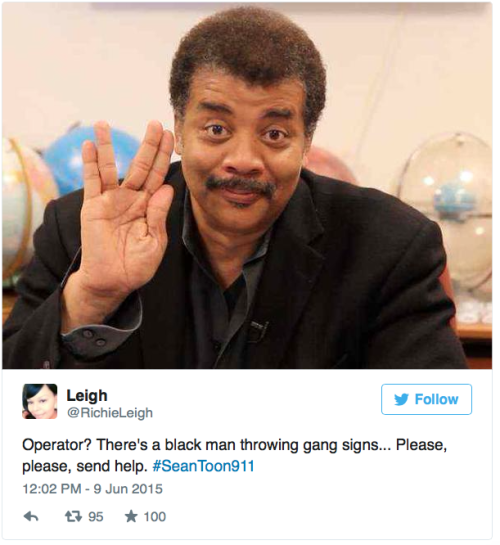
Liturgy at Primavera Sound, Barcelona, 2012 (all images courtesy the artist, photo by Angelina Dreem)
Hunter Hunt-Hendrix is the creator of Liturgy, the band from Brooklyn that plays “transcendental black metal music,” as defined in a manifesto by Hunt-Hendrix. Liturgy began as a solo project and in 2008 a band was formed after Hunt-Hendrix released his 12” Immortal Life. This EP was followed by the release of Liturgy’s 2009 debuted black metal album Renihilation. In 2011, the release of the band’s second album, Aesthethica, created something of a shit storm as people attacked Hunt-Hendrix’s approach to framing his music within theoretical and philosophical terms. While Aesthethica prompted heated reactions within traditional black metal circles, it also attracted critical acclaim.
I reached out to Hunter Hunt-Hendrix to discuss Liturgy’s most recent album, The Ark Work, which is radically novel in style and quite out-there conceptually, musically, and, dare I say it, arty.
* * *
Joseph Nechvatal: To frame our discussion a bit, you should know that I have very limited interest in, and knowledge of, black metal music, but I found the work with your group Liturgy, and your “Transcendental Black Metal” manifesto, very compelling and, indeed, inspiring. I cited Liturgy as an inspiration for my nOise anusmOs show at Galerie Richard (NYC 2012). The composer Rhys Chatham, a friend and occasional collaborator, first pointed your work out to me because of my interest in noise music. At that point, you were rather prominent in the media (2011/12) with the release of your album Aesthethica. So I wanted to catch up on what you have been doing since — have you any new recording and/or writing projects underway?

‘The Ark Work’ album
Hunter Hunt-Hendrix: Yes. For the past few years I’ve been slowly putting together a new album called The Ark Work. We finished recording it this past fall and it was released in March. It’s a very dense and varied album — a much more varied arrangement than Aesthethica.
I also just completed a text called “Genesis Caul as Primordial Wound,” to be released in a journal on Schism Press. And I am currently at work on a piece for the upcoming Black Metal Theory symposium called “Perichoresis of Music, Art, and Philosophy,” which outlines a vision of a new kind of gesamtkunstwerk.
These are all connected by a mythology that I’ve been developing as an expansion of the ideas from the “Transcendental Black Metal” text.
JN: Excellent news. Let’s get into each of these developments.
I listened to the cut “Quetzalcoatl” in The Ark Work, and it struck me as being slimmer and breezier than the black metal music you made on Immortal Life and Renihilation, two earlier albums of yours that I also liked, or Aesthethica. All three disks have the incoherent sound of fierce shattering, but while a lot of black metal music has a negative energy to it, your music is ecstatic in its speed and sustained crescendo.
“Quetzalcoatl” has an easier poise and eloquence about it that sounds different, as you don’t fucking shriek throughout the whole song. You kind of robotically stammer or chant, but it still has the murky, complex sounds and speed I associate with Liturgy. But now the sound is increasingly electronic.
Quetzalcoatl is a feathered serpent, Mesoamerican deity and the Temple of the Feathered Serpent is the name for the third largest pyramid at Teotihuacan, a pre-Columbian Aztec site in central Mexico. I’m assuming the mythology you mentioned above is that of, or inclusive of, the Aztec?

Hunter Hunt-Hendrix (photo by Kevin Shea Adams)
I could see why it might be, as a long time ago I climbed to the top of that pyramid just as a huge black thunderstorm came rolling in. That scary and sublime experience opened up an understanding of Aztec art in a way that no museum or book could. The art took on a way of expressing to me its unbearable relationship to a pre-electronic existence.
If what I have said sounds at all accurate, how does that tie into your “Transcendental Black Metal: A Vision of Apocalyptic Humanism” manifesto text? How does “Quetzalcoatl” suggest, if it does, what is on the new disk?
HH-H: Believe it or not — though Quetzalcoatl is indeed a mythological figure — there’s no particular connection between Aztec mythology and the mythology of The Ark Work. The song title has no particular significance. There are other song titles on the album, however, which do name figures that play a role in the mythology: Kel Valhaal, Reign Array, Haelegen, and Father Vorizen. But other song titles mean nothing at all.
The relationship between the mythology and the record is strange. It isn’t so much an album that represents a mythology or a story. The mythology is an ethical system, a sort of tool kit or structure that I’ve used to make the music. It is the mythology itself, in fact, which gave birth to the record. The basic contour is something like this: 01010n is an unbearably powerful light. She wanted to give her light to someone, so she gave birth to S/he/im. But S/he/im couldn’t bear 01010n’s light and shattered immediately as soon as s/he was born. 01010n retreated from the scene, but left behind The Genesis Caul, a little flicker of light. Reign Array and Kel Valhaal have the task, led by the Genesis Caul, of creating poetic/cultural/symbolic structures that might work as prisms so as to refract and reflect 01010n’s light, so that some day perhaps S/he/im will be able to bear it.
As for the music — yes, “Quetzalcoatl” is a departure from the sound of the past few records. But it isn’t particularly representative of the album as a whole.
JN: That’s fascinating. Your myth seems rather Nietzschean (S/he/im negating a negation) and very much in tune with the contemporary mindset of having a fluid self-identity. For those unschooled in Continental philosophy, Nietzschean genealogy stresses the importance of interpretation over dogma. How else does The Ark Work channel this countercultural subjectivity?
HH-H: The music on the record is very protean, you might say post-human or at least internet-era, to be a little more down-to-earth about it. I made an effort to create arrangements that synthesize the organic and the synthetic in uncanny ways — alternating between live horns, strings and bells, and their MIDI equivalents — and quoting disparate forms and uses of music ranging from medieval organum to trap rap. Though of course it all is in the framework of black metal.

Diagram from “Transcendental Black Metal” manifesto by Hunter Hunt-Hendrix
I’m always thinking of these antinomies between live/synthetic, rock/classical, art/religion, fame/counterculture, emotion/repetition, and so on, and I view that effort to transcend them as a sort cyber-alchemy. An apophatic effort to achieve a kind of philosopher’s stone, a synthesis of music, art, and philosophy that would redeem everything in an eschaton [or end of the world], were it to be achieved.
I see Alexander Scriabin and his effort at composing the “Mysterium” as a major inspiration.
To address more specifically the question of subjectivity, for this project, it comes down to a contradiction between work in the music industry and the effort to treat that music career itself, the endeavor (with all its components including labels, managers, blogs, personnel, and so on), as a work of art. Here the reference point is something more like the ethics proposed by Alain Badiou: to be faithful to a truth that appears impossible.
The truth of “Transcendental Black Metal” is the effort to sustain a metal band that is at the same time a work of art, a business, and a hermetic quest.
JN: As The Ark Work is a conceptual project, I couldn’t help but flash on Matthew Barney and his The Cremaster Cycle with its use of narrative models that recall mythology. As you mentioned, you are working towards a vision of a new kind of gesamtkunstwerk, perhaps this is a good time to ask you about that vision. Does it include visual art and dance, as well as text/voice/sound? Is it something along the lines adapted from Wagnerian operatic theory — a total art that combines all the arts into one expression — that came out of Wagner’s seminal text “Das Kunstwerk der Zukunft” (The Art of the Future)? How is your version of the gesamtkunstwerk part of the larger monastic philosophy that I discovered in your “Transcendental Black Metal” manifesto?

“Perichoresis of Music, Art, Thought” from “Transcendental Black Metal” manifesto by Hunter Hunt-Hendrix
HH-H: Yes, it is hard not to consider Wagner and Barney when working with the idea of Gesamtkunstwerk, though for me Beuys and Kippinberger are equally important as reference points. Not that these two are the same, but for me they complement one another with the opposed mottos, “every human is an artist” and “every artist is human.”
You should see the text I wrote for the now defunct journal Lacanian Ink called “New Music Drama” that is a commentary on Wagner’s text. The idea is that, given the state of contemporary subjectivity in the internet-era, a true Gesamtkunstwerk can’t be a performance on the stage: it has to be an enterprise that takes place in reality, like the career of a rock band. So that the band’s music along with its relationships to people, institutions, businesses, blogs, magazines, and so on, constitute a drama.
Thus I see the scandal caused by my manifesto on the internet and various personal difficulties the band has experienced as something like a narrative or a sculpture. Maybe the best way to put it is this: as I see it there are basically two kinds of Gesamtkunstwerk. One is the Wagner/Barney type that incorporates a vast array of mythological material into an epic work so as to stand as a beacon of eternal truth in the place formerly occupied by religions — crossing the art/religion divide. On the one hand, there is the attempt to cross the art/life divide associated with Fluxus, Beuys, Kippinberger — artists who use all kinds of everyday activities as art so as to, as a sort of short-circuit, pierce through the ideological veil of our time. Artists who even use shame, humiliation, and abjection as materials, like perhaps Bjarne Melgaard does when he writes a failed novel and turns it into a painting.
My aim is to synthesize these two types of Gestamtkunstwerk into, if you will, a meta-Gesamtkunstwerk that is a philosophic/cosmological whole, a radical critique of representation, and an affirmation of the flow of life that includes my own emotions, fears, and failures.
Why do this? Because the former Wagnerian type can easily turn towards fascism. And because the latter, in my view, does not engage directly enough with certain objectively existing cosmic laws, to which every age deserves access.
The new Liturgy album The Ark Work was released March 23 on Thrill Jockey Records.











































 Scientists have built a computer out of water droplets, but why? It's not the first computer we've seen built with analog materials, and obviously runs at a tiny fraction of an electronic circuit's speed. It turns out, however, that it could be very ...
Scientists have built a computer out of water droplets, but why? It's not the first computer we've seen built with analog materials, and obviously runs at a tiny fraction of an electronic circuit's speed. It turns out, however, that it could be very ...
 Apple began distributing fourth beta of iOS 8.4 to its developers on Wednesday that includes a permanent solution to the recently discovered "shutdown bug." This programming glitch causes an iPhone, iPad or iPod Touch to automatically reboot when a s...
Apple began distributing fourth beta of iOS 8.4 to its developers on Wednesday that includes a permanent solution to the recently discovered "shutdown bug." This programming glitch causes an iPhone, iPad or iPod Touch to automatically reboot when a s...










